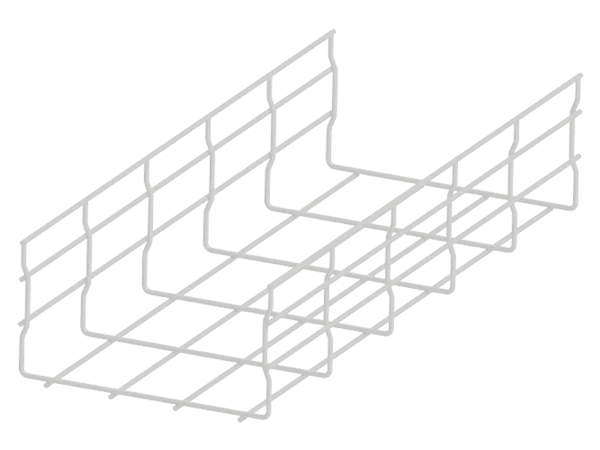
Our wire mesh cable trays are available in various surface treatments, suitable for both indoor and outdoor environments
Cable trays are generally divided into four types: wire mesh cable trays, solid bottom cable trays, channel cable trays, and ladder cable trays. They are composed of various types of accessories, universal parts, reinforcement parts, and installation parts. Each type of cable tray has its unique application advantages and design purposes. When choosing, it is necessary to consider the actual cable type, environmental conditions, and installation requirements. For example, cable trays within buildings can be independently erected or attached to various buildings, structures and pipe rack supports. They feature simple structure, aesthetic appearance, flexible configuration, and easy maintenance. On the other hand, cable trays installed outdoors, especially near the sea or in corrosive areas, must be made of materials that are corrosion-resistant, moisture-resistant, have good adhesion, and high impact strength.

Category
Features
Functions